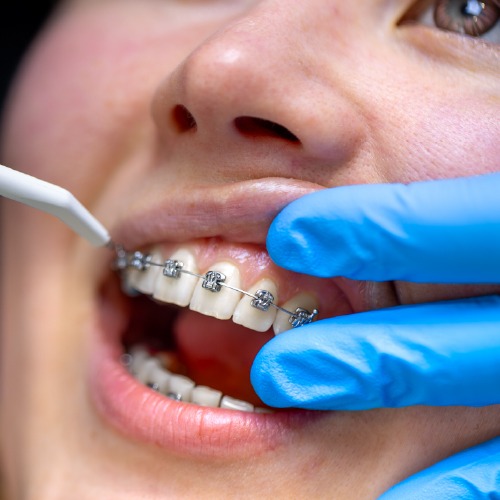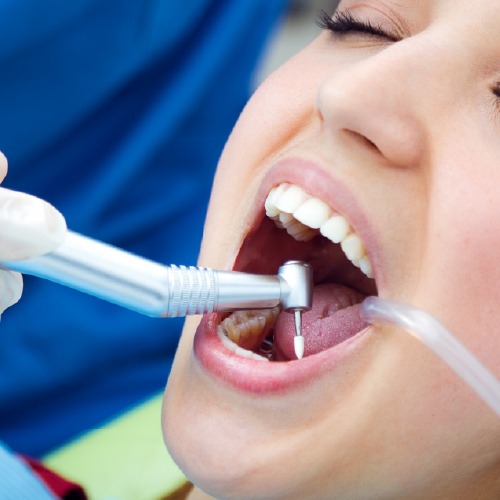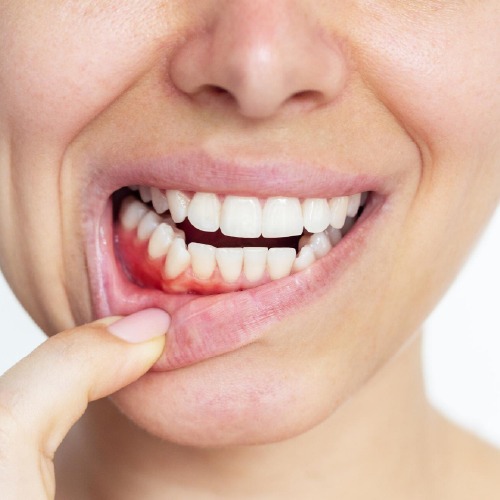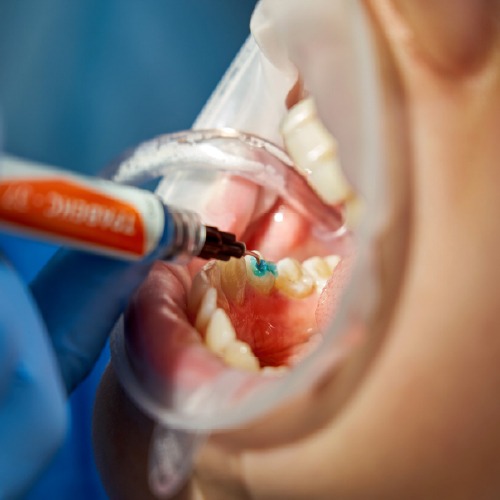In the past, dental braces for adults were often associated with teenagers and early orthodontic treatment. However, more and more adults today are seeking orthodontic solutions to achieve healthier, more beautiful smiles. Whether it’s for cosmetic reasons or to address long-standing dental issues, dental braces for adults have become increasingly popular and effective.
Why More Adults Are Choosing Braces
There are many reasons why adults are now opting for orthodontic treatment. Some may have never had the opportunity to get braces when they were younger, while others may have had orthodontic treatment as children but experienced a relapse over time. Dental health awareness has grown significantly, and with it, the desire to correct misalignments, overcrowding, or bite issues later in life.
One major driver is the aesthetic appeal of a well-aligned smile. Others seek to improve oral hygiene, as misaligned teeth can be harder to clean, leading to gum disease and tooth decay. Dental braces for adults are a powerful tool in both cosmetic and functional dental care.
Common Orthodontic Issues in Adults
Adults often present different challenges compared to younger patients. Over time, teeth can shift, gums can recede, and bone density may change. Despite these challenges, orthodontic treatment remains effective. Common issues include:
- Crowded or crooked teeth
- Overbites and underbites
- Gaps between teeth
- Jaw misalignment
- Relapse from previous orthodontic treatment
Thanks to modern technology, dental braces for adults can correct these issues efficiently and discreetly.
Different Types of Braces
When it comes to adult orthodontics, there are several options available. Understanding the different types of braces helps patients choose what best fits their lifestyle, needs, and budget.
- Traditional Metal Braces: These are the most well-known and often the most effective for severe misalignments. They consist of metal brackets and wires that are periodically tightened.
- Ceramic Braces: Made from clear or tooth-colored materials, ceramic braces are less visible than metal ones.
- Lingual Braces: Attached to the backside of teeth, these braces are hidden from view but may be more difficult to clean and adjust.
- Invisible Braces (Clear Aligners): This includes systems like Invisalign, which use a series of custom-made, clear plastic trays that gradually move teeth into place.
Exploring the different types of braces allows adults to make informed choices with their orthodontists. Each option has its pros and cons, and the best solution varies depending on the individual’s case and goals.

How Do Braces Work?
Many patients wonder, how do braces work? Regardless of the type, all braces function on the same basic principle: they apply continuous, gentle pressure over time to gradually shift teeth into the desired position.
Brackets are bonded to the teeth, and an archwire connects them, guiding movement. In the case of clear aligners, each set is designed to move teeth incrementally. Over time, this pressure stimulates bone remodeling, allowing teeth to move through the jawbone into better alignment.
So, how do braces work in adults? While adult bones are no longer growing, they are still capable of adapting to these changes. It may take slightly longer than in children, but the results can be just as effective and lasting.
Understanding how do braces work gives patients confidence in the treatment process and sets realistic expectations for results and timeline.
Benefits of Invisible Braces
One of the most popular options among adults is invisible braces. The benefits of invisible braces are many, making them a top choice for individuals who want effective treatment without the obvious appearance of traditional braces.
Here are some key benefits of invisible braces:
- Discreet Appearance: Clear aligners are nearly invisible, making them ideal for professionals or those concerned about aesthetics.
- Comfort: Made of smooth plastic, they reduce irritation to the gums and cheeks.
- Removability: They can be taken out for eating, brushing, and flossing, improving oral hygiene.
- No Dietary Restrictions: Unlike metal braces, you can eat what you want as long as aligners are removed beforehand.
- Shorter Adjustment Visits: You receive multiple sets of aligners in advance, reducing the need for frequent orthodontic visits.
These benefits of invisible braces have contributed to the rise in adult orthodontic treatments, especially for those looking for a more flexible, less invasive option.
What to Expect During Treatment
Getting dental braces for adults begins with a consultation. Your orthodontist will assess your oral health, take X-rays, and create a treatment plan tailored to your needs.
The treatment timeline can vary depending on the severity of the issue and the type of braces used. On average, adult treatments last between 12 and 24 months. However, it’s not uncommon for some to see results in as little as six months, especially with mild misalignments.
During treatment, patients must maintain excellent oral hygiene, attend regular check-ups, and follow their orthodontist’s instructions closely. Whether you’re wearing traditional braces or clear aligners, consistency is key.
Challenges Adults May Face
While dental braces for adults are highly effective, adult patients may encounter specific challenges:
- Longer Treatment Time: Since adult bone structures are fully developed, teeth may move slightly slower.
- Discomfort or Soreness: Adjustments can cause temporary pain, especially in the beginning.
- Compliance: With removable options like clear aligners, discipline is needed to wear them consistently for at least 20–22 hours per day.
- Cost Considerations: Adult braces may not always be covered by insurance, so financial planning is important.
Despite these challenges, the rewards of orthodontic treatment, improved confidence, oral health, and function, are well worth the effort.
Long-Term Benefits of Braces for Adults
Choosing dental braces for adults is an investment in both health and self-esteem. Straight teeth are easier to clean, reducing the risk of cavities, gum disease, and tooth loss. Correcting bite issues can also relieve jaw pain and prevent uneven tooth wear.
Furthermore, a straight smile often translates to greater confidence in personal and professional interactions. Adults who complete orthodontic treatment often report feeling more satisfied with their appearance and more motivated to maintain their dental health.
Knowing how do braces work and understanding the different types of braces allows adults to approach treatment with confidence. And for those looking for subtle options, the benefits of invisible braces can be life-changing.
Conclusion
The stigma that braces are only for teenagers is long gone. Today, orthodontic treatment is embraced by adults of all ages who want to improve their smiles and oral health. With advancements in technology and aesthetics, dental braces for adults are more accessible, comfortable, and effective than ever before.
From understanding how do braces work, exploring the different types of braces, to appreciating the benefits of invisible braces, adult patients have more options and support than ever. With the right care and commitment, the journey to a better smile can start at any age, and it’s always worth it.
References:




